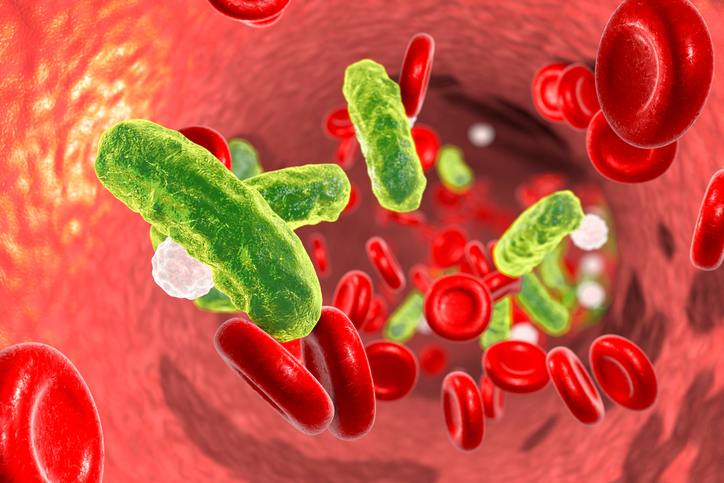How to spot and stay safe from sepsis
/It can start out as innocent as getting a paper cut or a mosquito bite. From there, it can escalate into throbbing pain with flu-like symptoms including fever and vomiting. To be the victim of sepsis is a scary situation. This often deadly reaction to certain infections can quickly race through your body, shutting down vital organs. Each year, more than a million people in the U. S. develop this condition. You may not think it could happen to you but all of us are susceptible to sepsis if the conditions are favorable for it.
Sepsis is a life-threatening complication of an infection with the presence of harmful bacteria that multiply causing severe illness along with organ and tissue damage. Sepsis is brought on when a person has a medical condition usually an infection in some part of the body. One method of how sepsis can begin is through an invasive medical procedure such as the insertion of a catheter that can introduce bacteria into the bloodstream which starts the condition.
While not well known, it’s actually more common than heart attacks, and just as deadly. It kills more than 258,000 Americans each year and even those who survive sepsis can have life-lasting after effects. It’s estimated that between 28 and 50 percent of people who get sepsis will die from it. The Centers for Disease Control and Prevention (CDC) states over 1 million cases of sepsis occur each year and it is the ninth leading cause of disease-related deaths.
Who is more likely to get sepsis?
Anytime anyone of us has an infection, we are at risk of sepsis. But those at the highest risk include the following:
· People with weakened immune systems
· Babies and very young children
· Elderly people
· People with chronic illness, such as diabetes, AIDS, cancer, and kidney or liver disease
· People suffering from a severe burn or wound
Symptoms of sepsis
Sepsis is a combination of symptoms with there being no one single sign or symptom of it. Because it is due to the result of an infection, some symptoms might include diarrhea, vomiting, or a sore throat.
Using the acronym SEPSIS, here are common warning signs of its presence according to the CDC:
S – Shivering, fever, or very cold
E – Extreme pain or general discomfort
P – Pale or discolored skin
S – Sleepy, difficult to rouse, confused
I – “I feel like I might die”
S – Short of breath
How is sepsis diagnosed and treated?
If you experience any of the symptoms of sepsis, particularly if you’ve had an infection, call your doctor or go to an emergency room immediately. Inform the medical personal that you have concerns of your symptoms being sepsis – the quicker the diagnosis is made and then treated, the greater the chance of survival will be.
Sepsis is diagnosed through both the physical findings of things like having a fever but also lab tests will be conducted for signs of infection.
Sepsis treatment is usually done in the hospital with broad-spectrum antibiotics and depending on symptoms some patients may receive oxygen and intravenous fluids to maintain normal blood oxygen levels and blood pressure. Surgery may be necessary to remove tissue damaged by sepsis.
Long-term effects of sepsis
People who survive sepsis will often go on to recover completely with no complications. Some people though may have permanent organ damage, particularly if they already had a pre-existing condition.
How to prevent sepsis
The first step in avoiding sepsis is being knowledgeable on how to prevent it. The more precautions you take the greater the likelihood you can dodge this potentially serious condition. Here are steps you can take to lower your risk of developing sepsis:
1. Get vaccinated against the flu, pneumonia, and any other infections that could lead to sepsis.
2. Prevent infections that can lead to sepsis by cleaning scrapes and wounds with soap and water as soon as you can; practice good hygiene with frequent hand washing and regular bathing.
3. If you have an infection, watch for signs of fever, chills, rapid breathing and heartrate, rash, confusion, and disorientation.
4. Whenever you are hospitalized, make sure visitors and all healthcare providers who come near you wash their hands with sanitizer before they touch you or any medical equipment.
5. If prescribed an antibiotic for an infection, be sure to finish all of the medication.





































































